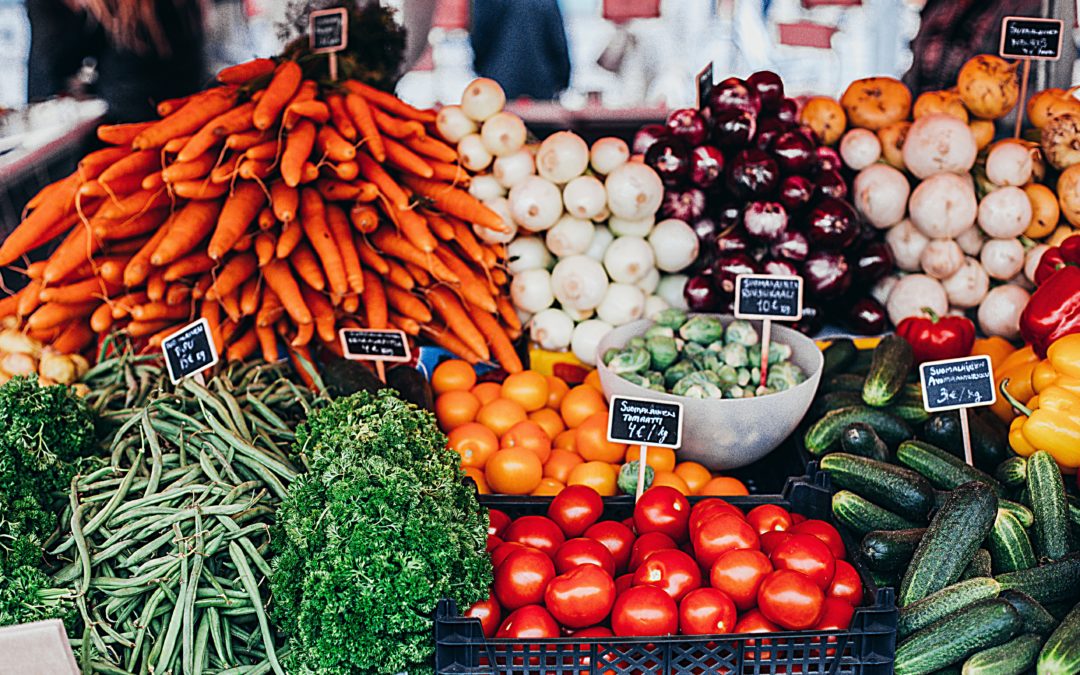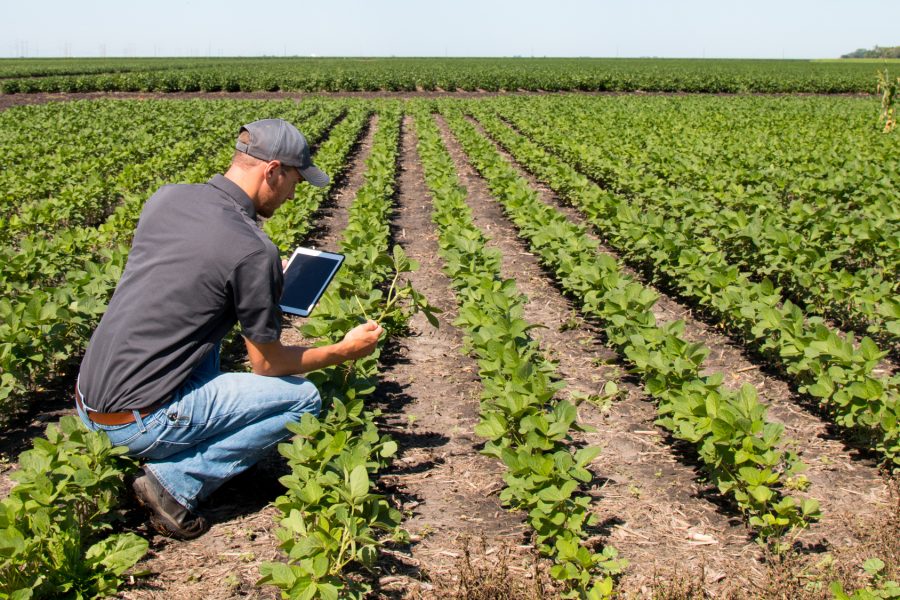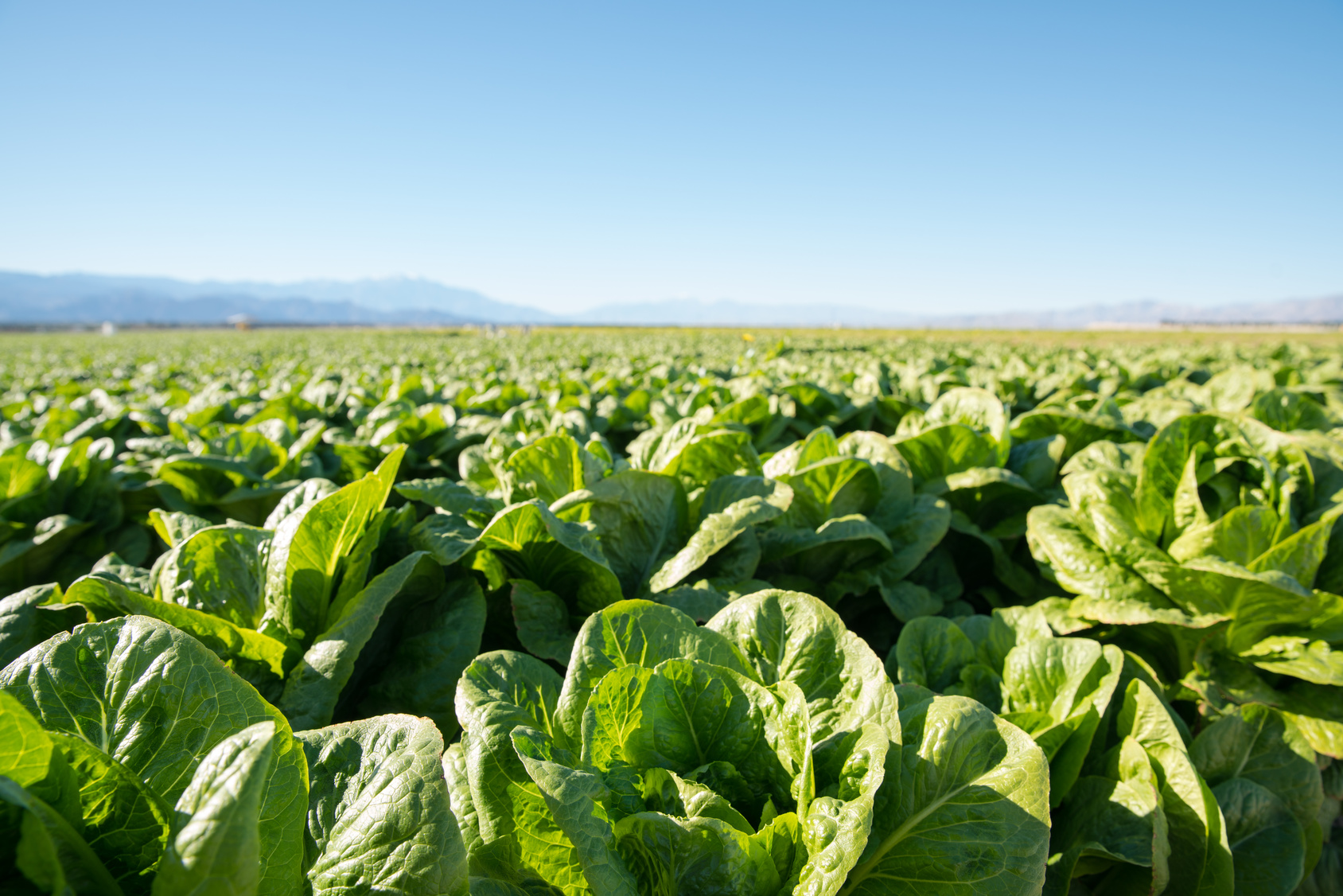iSelect hosts a Deep Dive webinar on a novel innovation topic on the first and third Wednesdays of each month at 9 a.m. central. Our most recent session focused on bioavailability. By improving the bioavailability of the food we eat and our bodies’ abilities to absorb essential nutrients, we can do more, with less. In this conversation with iSelect venture associate, David Yocom, we dig into what is being done to improve bioavailability and what it will mean for the future of food and agriculture.
Tim Sprinkle: All right, we have David Yocom here, iSelect Fund, talking about the latest Deep Dive webinar. David, why don’t you give us a rundown on what the topic was and what you guys learned?
David Yocom: So the focus this week was the concept of bioavailability, particularly as it pertains to nutrition and food. The concept of bioavailability is really about the efficiency by which the human body or some sort of other biological organisms uptake nutrients from some sort of food source. This is well understood in the world of pharmaceuticals and absorbing pharmaceutical drugs with great efficacy. But it’s definitely increasing in importance in food and nutrition, finding ways in which we can optimize our health and nutrition by making sure that our body’s getting the most out of what we eat.
TS: Got it. And what techniques are being used to improve this?
DY: It’s important to think about bioavailability as sort of a process. So, there are different means by which bioavailability is achieved by the body. Some of that’s just a mechanical process. It you read about how bioavailability is described in the literature, they talk a lot about the food matrix, which is sort of the confines by which food is held. And there’s a sort of a mechanical breakdown of the food matrix that occurs when you chew your food and when your food is broken down in the gut. So, processing techniques can be used to break down food into simpler compounds. In fact, processed foods can become incredibly bioavailable in some cases too bioavailable.
One of the that we got to in the conversation today was about sort of the over-bioavailability of things like sugar. Processed foods make sugar incredibly bioavailable to the body, incredibly digestible, which causes these peaks and these spikes in blood sugar.
So that’s one way in which bioavailability can be enhanced. There are other techniques as well.
There are some companies that are coming out with innovative ways by using plasma gas as a way of changing the physical structure of a protein in order to increase the body’s ability to take it up. There are companies that are developing enzymes that break down compounds and nutrients more effectively so that the body or that microorganisms in the body can consume those nutrients more effectively.
The fundamental way of thinking about it is that there are physical ways of breaking down compounds. There are biological ways of breaking down compounds. And there are chemical ways to break down compounds. There are companies innovating in each of these respective areas, trying to increase our ability to take nutrients from our food.
TS: Interesting. And how far along are big food and big ag in this process? Are they watching this right now?
DY: So to my understanding is yes, If you were to go do a Google search on bioavailability as a concept, you’re going to get a lot more hits on it from a pharmaceutical perspective. But it’s really on the radar from an ag perspective as well, including improving the quality of plants and plant protein. One major challenge with plant-based proteins is they’re not nearly as digestible as animal-based proteins. So there are efforts to try and improve that by breeding or other means.
On the agtech side, there’s also interest in it from an animal feed conversion ratio perspective. They’re trying to essentially grow more animal protein with less animal feed as animal feed is one of the major cost drivers of animal protein production.
On the food tech side, it’s sort of more around nutraceuticals and supplements saying, “Hey, I’m taking this multivitamin, or this supplement. Both are supposed to help with brain health. How can I make sure that I’m taking as much of this specific nutrient as possible? And are there other foods or things I should take with it to make sure that I’m getting the most out of my mind?”
TS: Excellent. Well, thanks for this, David. Very interesting. Appreciate it
DY: Of course. Thanks, Tim.






